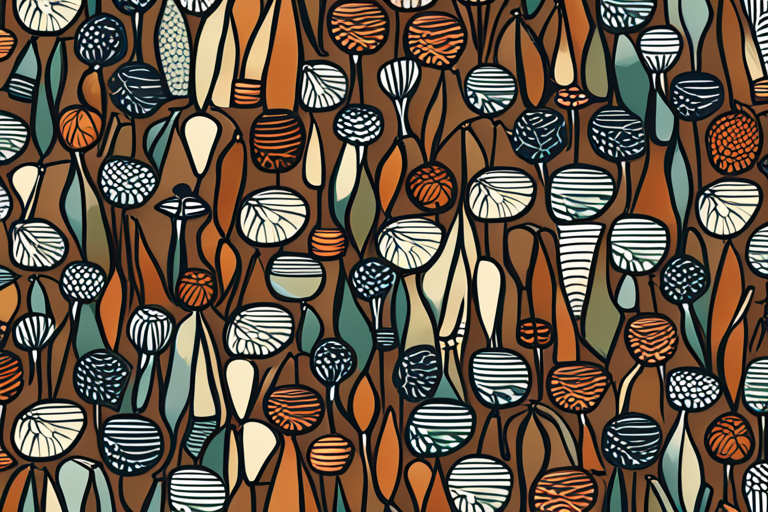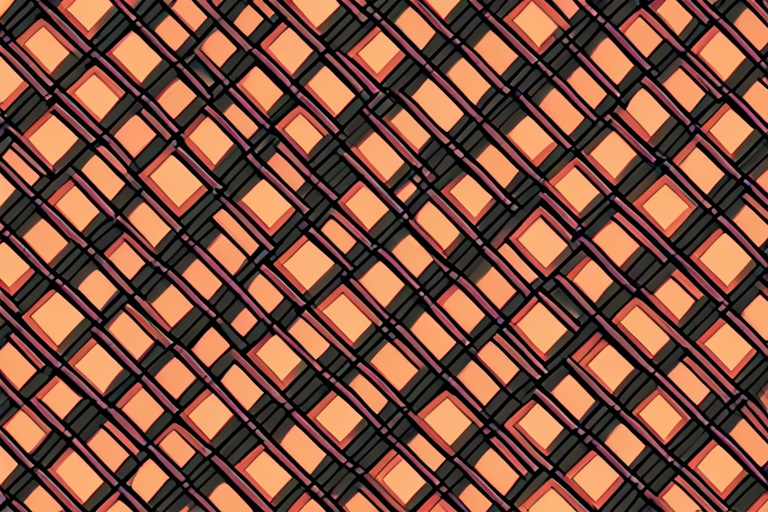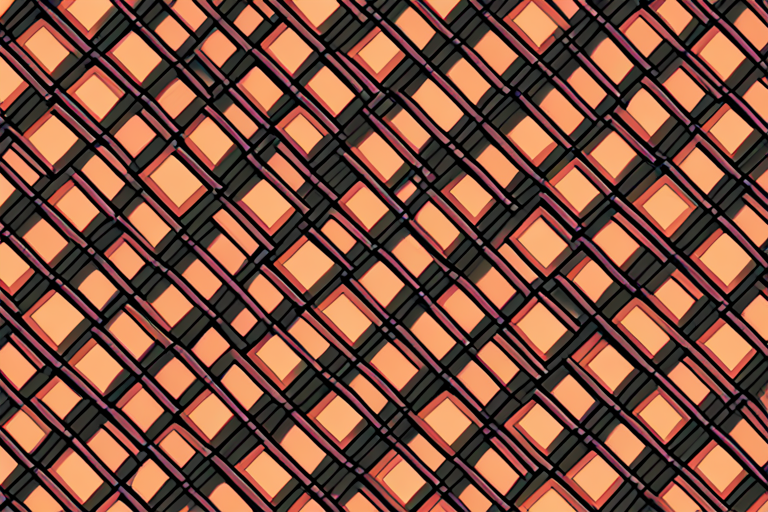Introduction
Mountain biking attire refers to the clothing and gear specifically designed for the sport of mountain biking. It includes a wide range of items such as helmets, pads, gloves, clothing, eyewear, outerwear, and accessories. Wearing appropriate attire is crucial for a safe and enjoyable mountain biking experience. In this comprehensive guide, we will explore the importance of wearing the right gear and provide an overview of the different types of mountain biking attire available.
Safety Gear
One of the most essential components of mountain biking attire is safety gear. Protecting yourself from potential injuries is paramount when riding on challenging terrains. Here are some key safety gear items to consider:
Helmet: Wearing a helmet is non-negotiable when it comes to mountain biking. It protects your head from potential impacts and reduces the risk of serious head injuries. There are various types of helmets suitable for mountain biking, including full-face helmets for more aggressive riding and trail helmets for general off-road biking.
Knee and Elbow Pads: Knee and elbow pads provide additional protection to vulnerable joints. They help absorb impact and prevent injuries in case of falls or collisions. Different types of knee and elbow pads are available, ranging from lightweight and flexible options for cross-country riding to more robust pads for downhill or freeride biking.
Gloves: Gloves offer several benefits while mountain biking. They provide grip and control on the handlebars, reduce hand fatigue, and protect your hands from cuts, scrapes, and blisters. There are different types of gloves suitable for mountain biking, including full-finger gloves for added protection and fingerless gloves for better breathability in warmer weather.
Clothing
Choosing the right clothing for mountain biking is essential for comfort, performance, and protection. Here are some key clothing items to consider:
Moisture-Wicking Shirts: Moisture-wicking fabric is designed to pull sweat away from your body, keeping you dry and comfortable during intense rides. These shirts are breathable and quick-drying, making them ideal for mountain biking. They come in various styles and feature options such as long sleeves, short sleeves, and zippered necklines.
Shorts: Wearing appropriate shorts is crucial for unrestricted movement and comfort while mountain biking. Look for shorts specifically designed for the sport, with features like durable materials, stretch panels for flexibility, and padding for added comfort during long rides. There are different types of mountain biking shorts available, including baggy shorts and lycra shorts.
Shoes: Wearing specific mountain biking shoes provides better grip, stability, and protection for your feet. These shoes often have a stiff sole for efficient power transfer, tread patterns for traction, and reinforced toe boxes for impact protection. Different types of mountain biking shoes are available, including clipless shoes that attach to pedals and flat pedal shoes.
Socks: Don’t overlook the importance of suitable socks for mountain biking. They help wick away moisture, reduce friction, and provide cushioning for your feet. Look for socks made from moisture-wicking materials and consider options with extra padding in high-impact areas.
Protective Eyewear
Protecting your eyes is crucial while mountain biking, as it helps prevent debris, dust, and insects from impairing your vision. Here are some types of protective eyewear to consider:
Goggles: Goggles provide full coverage and protection for your eyes. They shield against dust, wind, and flying debris, ensuring clear vision throughout your ride. Look for goggles with anti-fog and scratch-resistant lenses, adjustable straps for a secure fit, and ventilation to prevent fogging.
Sunglasses: Sunglasses with impact-resistant lenses are another option for protecting your eyes while mountain biking. They shield against harmful UV rays, reduce glare, and provide some level of protection against debris. Look for sunglasses with wraparound frames for better coverage and non-slip nose pads and temple grips for a secure fit.
Outerwear
Outerwear is essential for adapting to changing weather conditions and providing additional protection. Here are some outerwear options for mountain biking:
Jackets: Wearing a jacket while mountain biking can provide protection against wind, rain, and cold temperatures. Look for jackets made from lightweight and breathable materials that offer water and wind resistance. Consider options with adjustable hoods, ventilation zippers, and reflective elements for visibility.
Vests: Vests are a versatile outerwear option for mountain biking. They provide core warmth while allowing for greater freedom of movement compared to jackets. Look for vests with windproof and water-resistant materials, multiple pockets for storage, and reflective details for visibility.
Arm and Leg Warmers: Arm and leg warmers are ideal for adapting to changing weather conditions during a ride. They can be easily added or removed as needed to regulate body temperature. Look for warmers made from moisture-wicking and insulating materials that stay in place during movement.
Accessories
In addition to safety gear, clothing, eyewear, and outerwear, there are several accessories that can enhance your mountain biking experience. Here are a few to consider:
Backpacks: Carrying a backpack while mountain biking allows you to bring essential items such as water, snacks, tools, and extra clothing. Look for backpacks specifically designed for biking, with features like hydration bladder compatibility, adjustable straps for a secure fit, and compartments for organized storage.
Hydration Packs: Staying hydrated is crucial during long rides. Hydration packs are backpacks with built-in water reservoirs and drinking tubes, allowing you to conveniently sip water without stopping. Look for hydration packs with a suitable capacity for your needs, comfortable shoulder straps, and easy-to-use bite valves.
Glove Liners: In cold weather conditions, glove liners can provide an extra layer of insulation and warmth for your hands. They can be worn under your regular mountain biking gloves for added comfort. Look for glove liners made from moisture-wicking and insulating materials.
Conclusion
Wearing appropriate mountain biking attire is essential for safety, comfort, and performance. From safety gear to clothing, eyewear, outerwear, and accessories, each item serves a specific purpose in enhancing your mountain biking experience. By investing in the right gear and clothing, you can enjoy the sport to its fullest while minimizing the risk of injuries and discomfort. Remember to always choose items that fit well, provide adequate protection, and suit the specific conditions you’ll be riding in. Happy trails!
FAQ
Q: Do I really need to wear a helmet while mountain biking?
A: Yes, wearing a helmet is crucial for protecting your head from potential injuries. It reduces the risk of serious head trauma in case of falls or collisions.
Q: What type of helmet should I choose for mountain biking?
A: The type of helmet you choose depends on your riding style. Full-face helmets provide maximum protection for aggressive riding, while trail helmets offer a balance of protection and ventilation for general off-road biking.
Q: Are knee and elbow pads necessary for mountain biking?
A: Knee and elbow pads provide additional protection to vulnerable joints. They are especially recommended for more aggressive riding styles and technical terrains.
Q: What are the advantages of moisture-wicking shirts for mountain biking?
A: Moisture-wicking shirts pull sweat away from your body, keeping you dry and comfortable during intense rides. They are breathable and quick-drying, making them ideal for mountain biking.
Q: What type of shoes should I wear for mountain biking?
A: Specific mountain biking shoes provide better grip, stability, and protection for your feet. They often have a stiff sole for efficient power transfer and tread patterns for traction.
FAQPage schema




